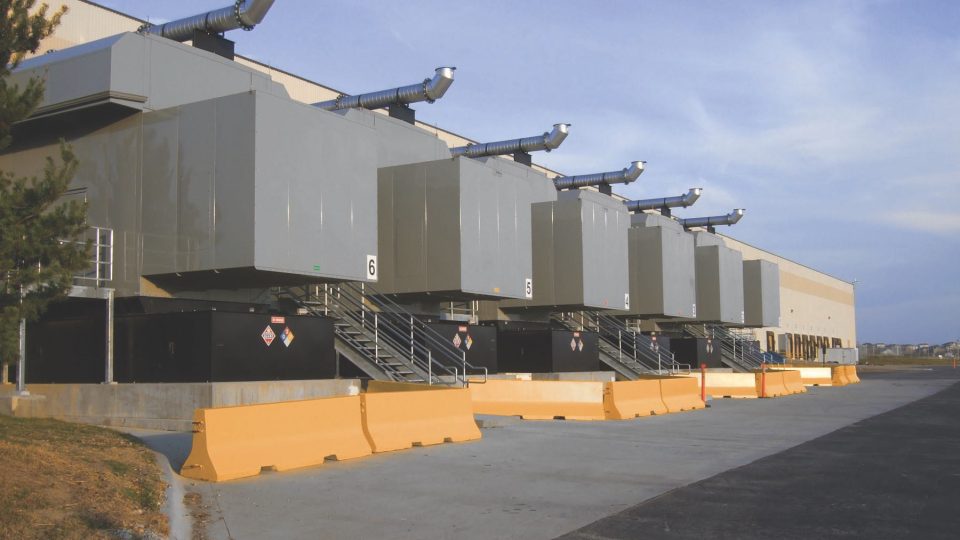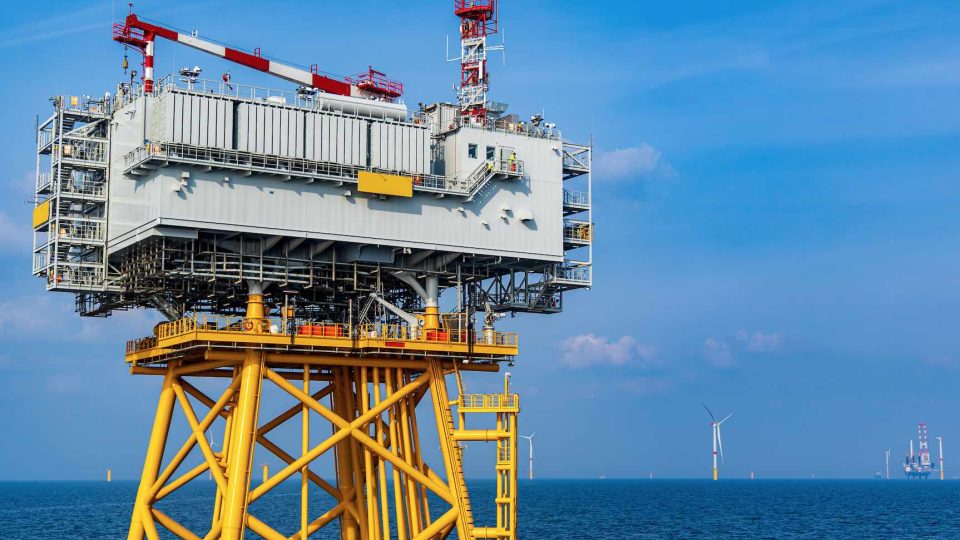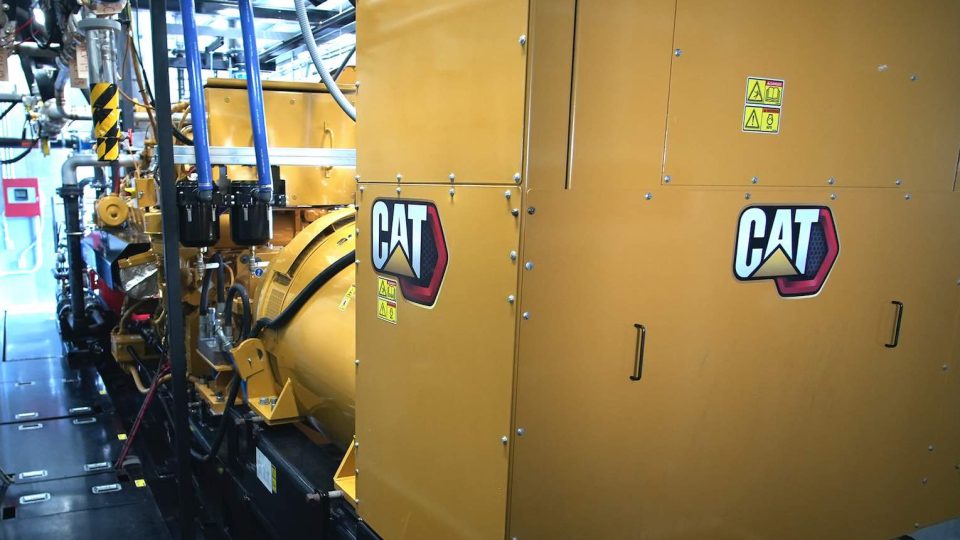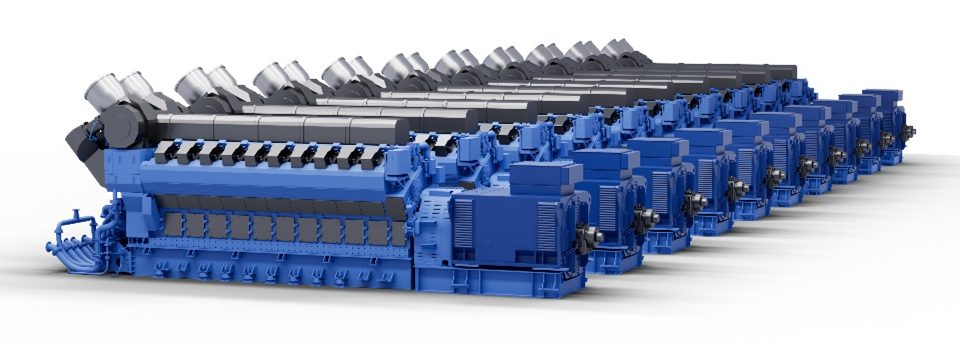Cummins: two innovations that will define the future power generation industry
For Cummins, it is time to look forward and call out the two technologies that will define the decade ahead in the power generation industry: solid oxide fuel cells and stationary energy storage.

2020 was the 100th year anniversary of the power generation business at Cummins. It was founded by D. W. Onan in 1920 in Minneapolis, Minnesota. Now, it is time to look forward and call out the two technologies that will define the decade ahead in the power generation industry.
No. 1: Solid oxide fuel cells to be used more frequently across applications
Solid oxide fuel cells convert the chemical energy stored in the incoming fuel to electric energy and thermal energy (heat), without the need for combustion. Adoption of solid oxide fuel cells is expected to rise as they deliver benefits on sustainability and scalability aspects.
Let’s start with the sustainability. Solid oxide fuel cells can provide energy with zero carbon dioxide emissions at the point of use if they are fueled with hydrogen. In most cases, solid oxide cells would use natural gas as the fuel and generate electricity at an electrical efficiency of 60%, and still minimize the carbon emissions.
Solid oxide fuel cells are highly scalable, and single cells come together to form stacks, and stacks come together to form the power generation modules. This scalability helps the user to align its power generation investments with its business needs.
Data centers would be one of the initial applications where you would likely see solid oxide fuel cells powering the IT equipment. In fact, Cummins has already partnered with Microsoft and McKinstry to evaluate the potential of fuel cells in improving efficiency, reducing emissions and cutting costs.
Utilities and power producers are also expected to adopt solid oxide fuel cells for distributed generation applications. A combination of scalability and efficiency makes solid oxide fuel cells a good fit for grid firming applications.
No. 2: Stationary energy storage to play a key role in addressing power system flexibility challenge
Renewables is the future, the final destination in the energy industry. Renewable energy sources are abundant in nature and they don’t emit carbon in the process to produce electricity.
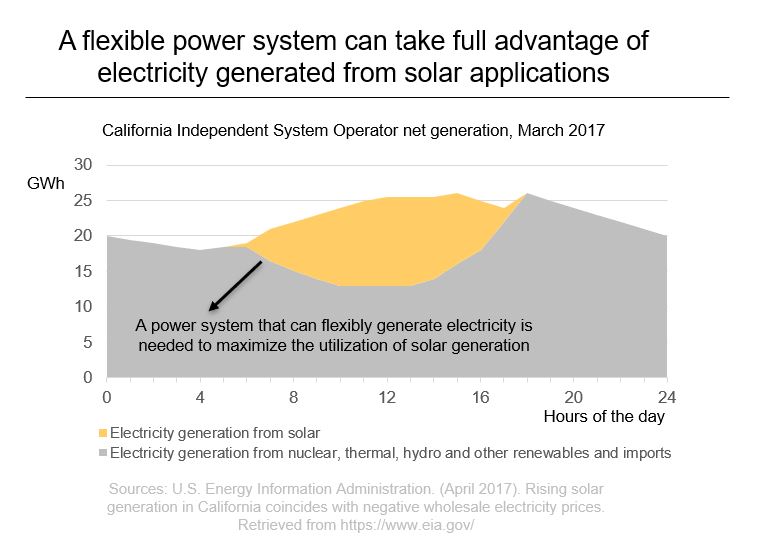
Currently, over 20% of our electricity is provided by renewable sources and is expected to rise above 40% by 2040. The one challenge with renewables is their intermittent nature, meaning no energy being produced when the sun isn’t shining, and the wind isn’t blowing. Moreover, the daily pattern of how we are consuming electricity is further amplifying this issue. Our electricity consumption is peaking at a time where some of the renewables produce little to no electricity.
These two trends create the need for a power system infrastructure that is more flexible, where the supply of electricity can rapidly be adjusted based on changing customer demand.
Energy storage solutions, grid interconnections and traditional power plants are all expected to play a role in solving this flexibility challenge. Meanwhile, it is expected the role of energy storage solutions will expand while the role of thermal power plants shrinks in addressing this challenge.
Energy storage technologies can store the energy and release it in the form of electricity when it is needed. In fact, Cummins has recently developed Tactical Energy Storage Systems (TESS). The TESS provides an integrated power solution when used in a tactical microgrid to increase resilience, improve power quality and provide silent power.






